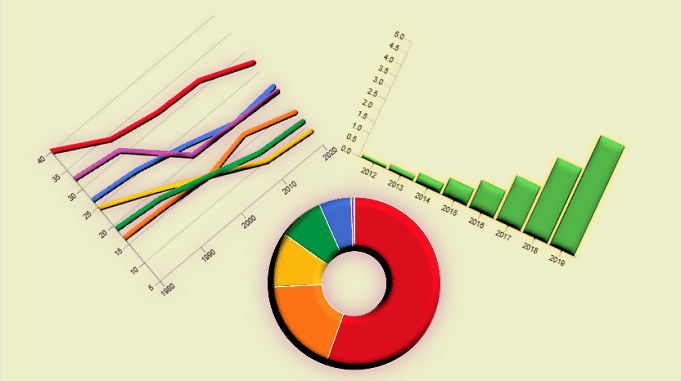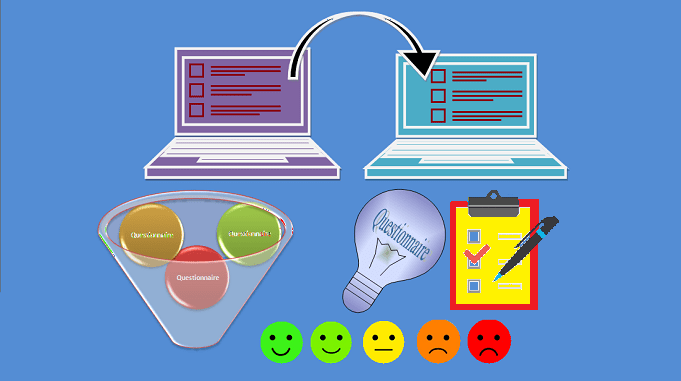
Sources and Methods of Primary, Secondary & Internal Data Collection are as follows –
Sources and Methods of Collection of Primary Data:
Primary data is a type of data that researchers collect directly from original sources through interviews, surveys, experiments, etc. The methods and sources to collect primary data are as follows:
- Direct Personal Interview:
The interviewer collects data directly from the individual.
- Telephonic interviews:
The interviewer receives the data through telephone interviews.
- Indirect Oral Investigation:
Data is gathered from third persons that have knowledge (information) of the subject of the investigation.
- Information from correspondents:
Data is gathered from agents employed in the investigation’s region.
- Questionnaires filled out by enumerators:
Trained enumerators fill out questionnaires to collect data.
- Mailed questionnaire:
Data is collected by mail to the informant via questionnaire (list of questions).
Sources and Methods of Collection of Secondary Data:
Secondary data is research data that has already been obtained and is available to researchers. The term is in contrast to primary data, which is data acquired directly from its source. The methods and sources to collect secondary data are as follows:
- Newspapers:
Because the information provided through a newspaper is usually quite reliable, newspapers are one of the most trusted sources of secondary data. It is the best source for political, economic, and educational data, but not for scientific data.
- Books:
Books are a reliable source of authentic data when carefully selected, and can aid in the preparation of literature reviews.
- Websites:
There are several regulated websites that exclusively give authentic data that researchers can trust.
- Blogs:
Blogs are one of the most popular online data sources, but they may be less reliable than websites. As a result, they cannot always be relied upon.
- Published Sources:
For different research topics and studies, there are a number of published sources available. Depending on the situation, published sources might be printed or electronic. For example, government and semi-government publications etc.
- Unpublished Personal Sources:
Compared to public sources, these may not be as readily available or accessible. For instance, the Indian Census (they are collected by the organizations for their own records).
- Journal:
When it comes to research, journals are usually more precise.
- Government & Semi-government Records:
Government records are an important and authentic secondary data source. They include data that can be used in marketing, management, humanities, social science studies and so on. For example, Census data, health records, etc., are government records.
- Podcasts:
Podcasts are becoming increasingly popular these days, too. During podcasts, information is usually shared, and listeners can utilise it to collect data.
- Diaries:
Normally, diaries are private, but these days, people post public diaries covering specific occurrences in their life. For example, Anne Frank’s diary, which contained an accurate record of the Nazi wars.
- Letters, radio stations, public sector records, etc., are also sources of secondary data collection.
Sources and Methods of Collection of Internal Data:
Internal data is information, statistics and trends, discovered by companies through their operations. These data are information about a company collected within the company. Accounting records, such as employee earnings from payroll, sales numbers from a sales journal, and the number of raw materials, etc., are the internal records for data collection. The methods and sources to collect internal data are as follows:
- Internal research,
- Financial paperwork,
- Sales trends and records,
- Human resources data,
- Customer habits,
- Software user trends,
- Operational trends,
- Leadership decision-making,
- Cash flow reports,
- Marketing data,
- Survey results and more.
Read Also: Types, Sources & Methods of Data Collection: Primary Data, Secondary Data, Internal Data
(Source – Various books from the college library)
Tags: primary and secondary data sources, primary and secondary sources of data, primary and secondary sources of data collection, methods of data collection primary and secondary sources, primary sources of data and secondary sources of data, primary and secondary sources of data in statistics
Copyrighted Material © 2019 - 2024 Prinsli.com - All rights reserved
All content on this website is copyrighted. It is prohibited to copy, publish or distribute the content and images of this website through any website, book, newspaper, software, videos, YouTube Channel or any other medium without written permission. You are not authorized to alter, obscure or remove any proprietary information, copyright or logo from this Website in any way. If any of these rules are violated, it will be strongly protested and legal action will be taken.





Thanks
happy to stumble upon this blog, as I prepare for my upcoming intro to econometric class 🙂
Thanks and Welcome